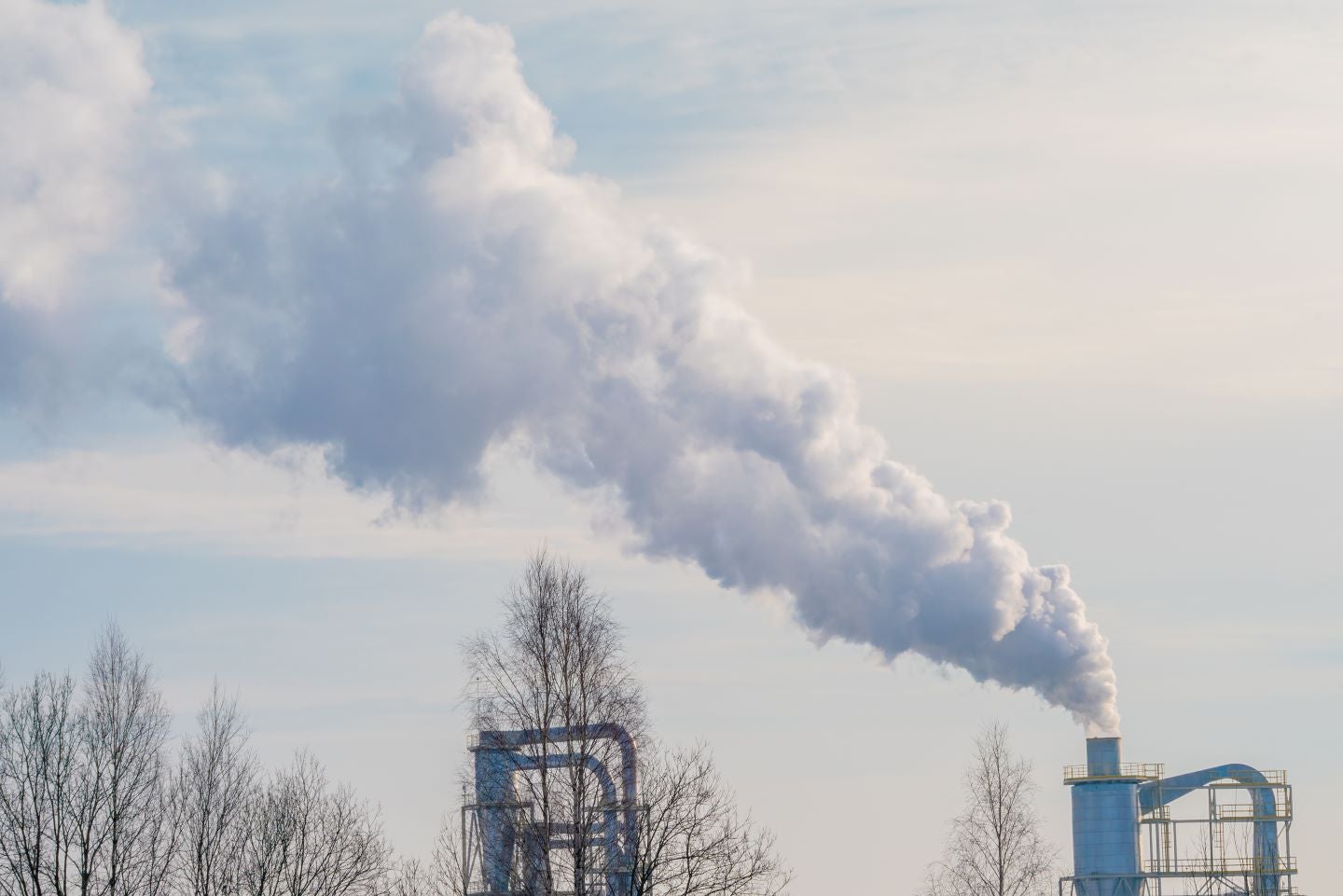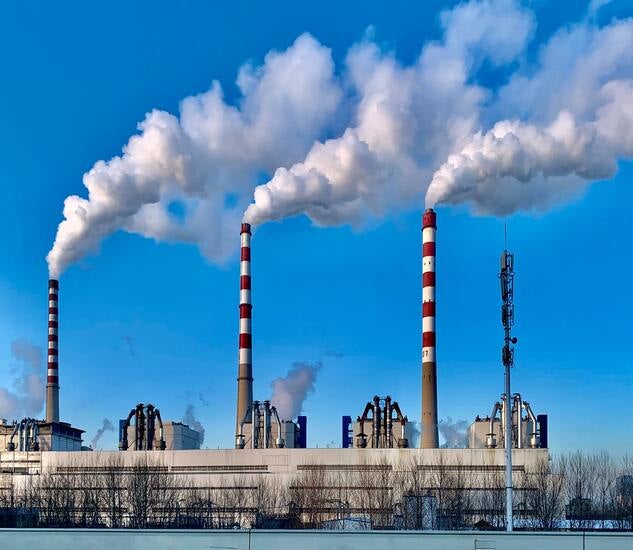Accounting for 14% of industrial emissions in 2021, the chemicals industry represents a key point of intervention for achieving net-zero targets but remains a sector whose emissions are among the hardest to abate. The chemical industry underpins much of the materiality of modern life, with its end-products spanning agricultural, construction, and consumer industries.
The chemical industry is currently off track in its net-zero pathway
Furthermore, the carbon footprint of the chemicals industry is set to increase, with the growth of these industries within developing economies boosting consumption in the coming years. For example, demand for base chemicals will reach 829 million tonnes per annum (mtpa) in 2030, after experiencing a CAGR of 1.9% between 2018 and 2030. According to GlobalData forecasts, Asia will be the key geography for growth, accounting for 56% of demand by the end of the decade.
How well do you really know your competitors?
Access the most comprehensive Company Profiles on the market, powered by GlobalData. Save hours of research. Gain competitive edge.

Thank you!
Your download email will arrive shortly
Not ready to buy yet? Download a free sample
We are confident about the unique quality of our Company Profiles. However, we want you to make the most beneficial decision for your business, so we offer a free sample that you can download by submitting the below form
By GlobalDataReports
Decarbonizing The Chemicals Industry – Trends, Assessing Technologies, Challenges And Case Studies
However, recent years have witnessed increasing calls for decarbonisation, loud enough so that even the heaviest industries can no longer ignore these winds of change. The International Council of Chemical Associations (ICCA) has stated that it supports the Paris Agreement and its targets. However, the institution has remained vague as to how the gulf between the Paris Agreement’s aspirations and the sector’s carbon footprint can be reconciled.
Carbon emissions from the chemical industry can be broken down into direct energy demand and process emissions, both of which represent a challenge to decarbonisation. The International Energy Agency estimates that a third of industry emissions stem from the requirement for high-temperature heat for chemical reactions, which is proving challenging to achieve without conventional fuels. Conversely, process emissions are the result of the production of carbon dioxide from chemical reactions.
CCUS as a means to tackle a two-part problem
As a result of these two emission sources, a combination of energy transition technologies will be required to curb emissions from the sector. However, carbon capture, utilisation, and storage (CCUS) represents a technology that has the potential to decarbonise both of these emission sources, while integrating circular economy principles into the chemicals sector.
See Also:
CCUS refers to the process of fixing gaseous carbon into a solid or liquid compound and as a result, can be used to avert emissions. The CCUS market is expected to undergo strong growth, with global CCUS capacity expected to surpass 483mtpa by 2030, according to GlobalData forecasts. Adoption of CCUS within the chemicals industry will gain pace, with the CCUS capacity being attributed to the sector increasing at a CAGR of 14.2% between 2022 and 2030.
However, CCUS within the chemicals sector will only account for 4.7% of global CCUS capacity by the end of the decade reflecting some of the current barriers to implementation, namely cost. Despite this, the technology still offers a number of possibilities that could prove particularly advantageous to the chemicals sector. Post-combustion CCUS can be used to avert carbon emissions from point sources such as industrial smokestacks. Additionally, while disposing of the carbon may represent a challenge to other industries, the chemical sector can turn captured carbon into high-value end chemicals, increasing the return on investment of CCUS adoption.
Interest in low-carbon or carbon-negative chemicals is on the rise
A number of companies are exploring the production of chemicals that use captured carbon as a feedstock. For example, Carbon Recycling International uses CCUS technology in combination with green hydrogen to produce methanol. The methanol produced has 90% less carbon emissions associated with its production process than regular methanol. A key advantage is that it remains chemically identical, so it can be seamlessly substituted into methanol-consuming industries.
Carbon-negative chemicals are also receiving increasing interest from the sector, where end-use chemical products and plastics become carbon sinks. UK start-up, Econic uses catalyst technology to convert carbon dioxide into polyols, the building blocks of polyurethanes which are used to produce insulation and cushions. The company’s catalyst allows for the reaction to take place at relatively low temperatures and pressures, reducing the energy intensity of the production process.
While these examples may seem niche, they represent innovative solutions that demonstrate how energy transition technologies such as CCUS can be used to decarbonise the chemical industry’s existing carbon footprint while also creating the opportunity for product diversification within the sector. Where previously the chemical industry has relied on its reputation as a ‘difficult to decarbonise’ sector to make minimal progress towards its transition to net zero, these allowances are coming to an end. Environmental policy together with consumer demand for low-carbon products such as plastics, construction materials, and textiles will demand radical adaptation from the sector. Chemical companies that fail to recognise this trend and adjust their corporate strategies accordingly face significant disruption.











